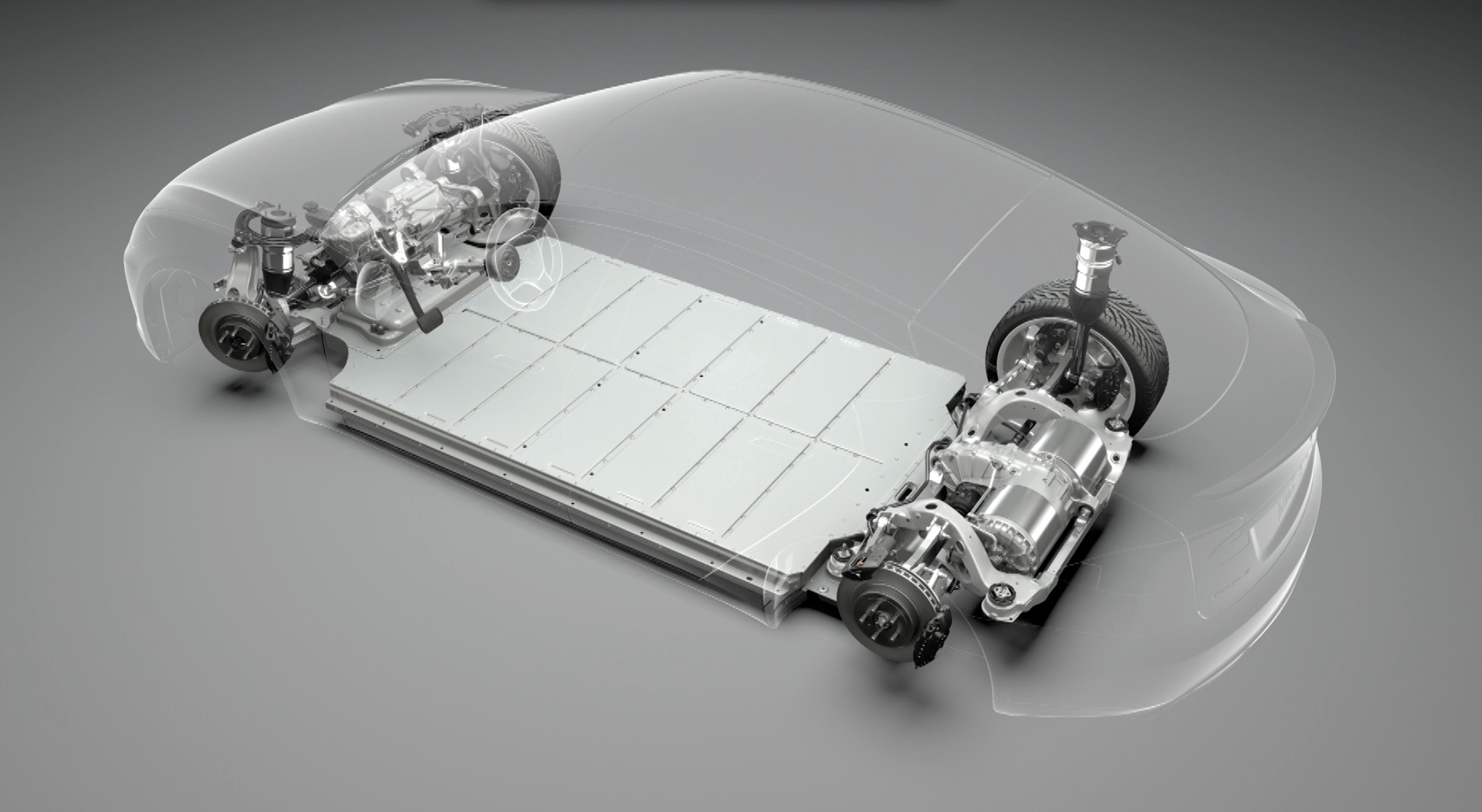35,000 mile (56,000 km) update for my Sep 2021 SR+ LFP. The car is now 14 months old and was originally rated at 253 miles on a full charge. The Tessie app shows a battery capacity of 52.5 kWh (down 3.8% from my original 23 Oct 2021 post of 54.6 kWh), and a max range of 243 miles (down 4.0% from my original range of 253 miles). I've had Tessie since my first day or two or ownership, so this data shows the entire life of the car.
According to the car's screen, I'm now averaging 213 Wh/mi over the life of the car (down from 214 at the 30,000 mile update). Seasonal temps and driving style are HUGE when it comes to the car's efficiency. In the winter I can expect 240+ Wh/mi, and in ideal temps (75-85f) I routinely manage under 200 Wh/mi on my 100 mile roundtrip commute. Assuming I could tap into the current 52.5 kWh battery at my lifetime average 213 Wh/mi efficiency, that gives me a real-world range of 246.4 miles.
My charging is mostly Level 2 from a Grizzl-E delivering 24 amps on a 40 amp circuit in my garage. I charge most nights due to a long commute, typically to about 70-80% a few times per week and a 100% once or twice a week. I do fast charge about once per week on average due to a side gig that requires long days of weekend deliveries...I use both Superchargers and CCS chargers like Electrify America or Chargepoint, depending on which are more convenient at the time.
Tessie says I've spent $964.59 on electricity for the life of the car, while the same driving in my old Ford Focus would've cost $3,436.03 in gasoline. So my fuel costs have been 28% compared to keeping my old car. Assuming the average US emissions of 0.85 pounds CO2 per kWh, the 7,484 kWh used while driving equates to 6,361 pounds of CO2 spent driving my Tesla. If I'd kept my 2012 Ford Focus (37mpg), I would've used 948 gallons of gas to travel these 35,108 miles. At about 19 pounds of CO2 per gallon, that would've been 18,012 pounds of CO2. So I'm spewing 35% of the carbon emissions than I would've released in my efficient little Focus. As the grid moves toward more renewables, that should only get better over the life of the car. Also, my Focus would've had 225,000 miles on it now, so I'm pretty sure I'd have replaced it by now anyway.

As an aside, I did a very long one-day trip last month, showing the ability to stretch the Model 3 well beyond what people might expect. I drove to pick up our new dog from a shelter out of state. On the bottom-right corner of this ScanMyTesla screenshot, you can see I drove 813 miles in one day. It was raining and the wind was blowing hard for most of the trip, so it was not ideal conditions. I left home at 2 AM and returned home at 10 PM, so I spent 20 hours in my SR+ driving 813 miles, with an hour in the middle meeting with the animal rescue people. There was one stretch in rural Missouri where I couldn't make it between DC fast chargers and had to stop and Level 2 charge each way, just to add a couple extra percent to make it to the next Supercharger--on a nicer day, I could've made it between Superchargers without stopping, but it did show a real need for DC fast charging between Little Rock, AR, and Springfield, MO.

I made this leg of the trip between Branson and Springfield, Missouri, with the car indicating I'd get there with 1% SoC. I drove 60mph the whole way (in a 65mph zone) and ended up arriving with 5% SoC.
Our new pup getting her first ride in an EV.
I'll try to post another update at 40,000 miles. We should be deep into cold weather by then, so my efficiency will be taking a hit.



